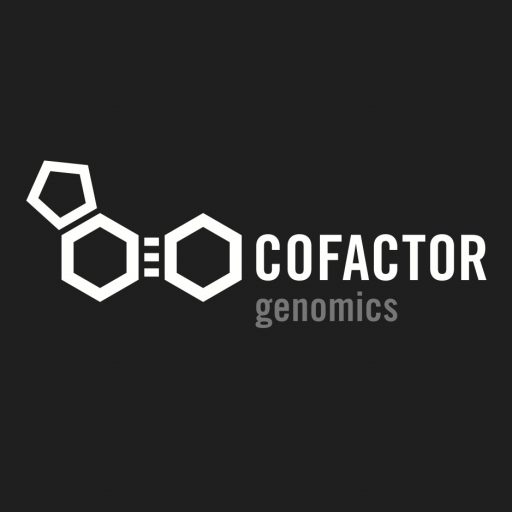Hi All,
I need to do metatranscriptomic sequencing from ice samples. I want to know how can samples be transported from the site to the lab for RNA isolation. The ice samples will be filtered on-site to remove unwanted elements, the filter will have all the microbes I need to study. In case of metagenomics the filter was preserved in ethanol and was transported to lab but I am wondering if I keep the filter in the ethanol all the RNA will be degraded.
Please can anyone suggest anything.
Thanks!!!
I need to do metatranscriptomic sequencing from ice samples. I want to know how can samples be transported from the site to the lab for RNA isolation. The ice samples will be filtered on-site to remove unwanted elements, the filter will have all the microbes I need to study. In case of metagenomics the filter was preserved in ethanol and was transported to lab but I am wondering if I keep the filter in the ethanol all the RNA will be degraded.
Please can anyone suggest anything.
Thanks!!!


Comment